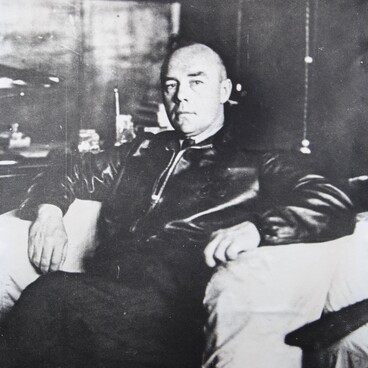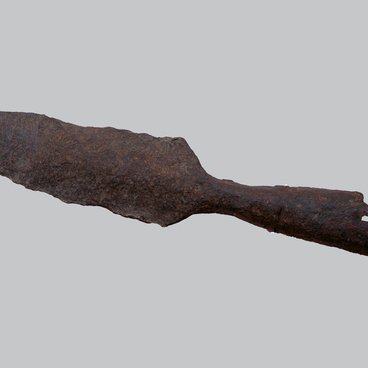Joseph Vissarionovich Dzhugashvili (Stalin) was born on December 6 [18], 1878 (according to the official version — December 9 [21], 1879) in the town of Gori. His father was a shoemaker. In 1888, he began studying at a theological school which he graduated with honors. In 1894, he enrolled in the Theological Seminary in Tiflis. It was there that he first became acquainted with the ideas of Marxism.
In 1898, Joseph Stalin joined the Georgian Social Democratic Party “Mesame Dasi” — the first such organization in the Caucasus. The party was founded seven years earlier. In 1899, he was expelled from the seminary because of his participation in the activities of underground Marxist associations.
Between 1902 and 1913, Stalin was arrested six times. He escaped several times from the jails where he was held. In 1912, he was included in the Politburo of the Russian Social Democratic Labor Party.
In the revolutionary year of 1917, he joined the editorial board of the newspaper Pravda (Truth). After the Bolsheviks came to power, from 1917 to 1922, Joseph Stalin held the post of People’s Commissar for Nationalities.
During the Russian Civil War, he was responsible for the supply of food in the south of the country, joined the Revolutionary Military Council of the RSFSR, took part in the defense of Petrograd and played a role in the suppression of the revolt at Krasnaya Gorka.
In April 1922, Stalin was elected General Secretary of the Central Committee of the Communist Party. In the 1930s, he pursued a policy of repression against old revolutionaries, intelligentsia and their family members. The command staff of the Red Army was also subjected to repressions, which significantly weakened the defense capability of the USSR.
With the beginning of the Great Patriotic War, Joseph Stalin became Chairman of the State Defense Committee, People’s Commissar of Defense and Supreme Commander of the Armed Forces of the USSR.
After the war, the Council of Ministers of the USSR and the Central Committee of the Communist Party under the leadership of Stalin set a course for accelerated economic recovery to restore the ravaged country. Until his death in 1953, Stalin retained the post of Chairman of the Council of Ministers of the USSR.
The bust of Joseph
Vissarionovich Stalin from the museum’s collection was made of marble. The
sculptor decorated it with the coat of arms of the USSR: a hammer and sickle
framed by ears of wheat, and in the upper part — a five-pointed star.


